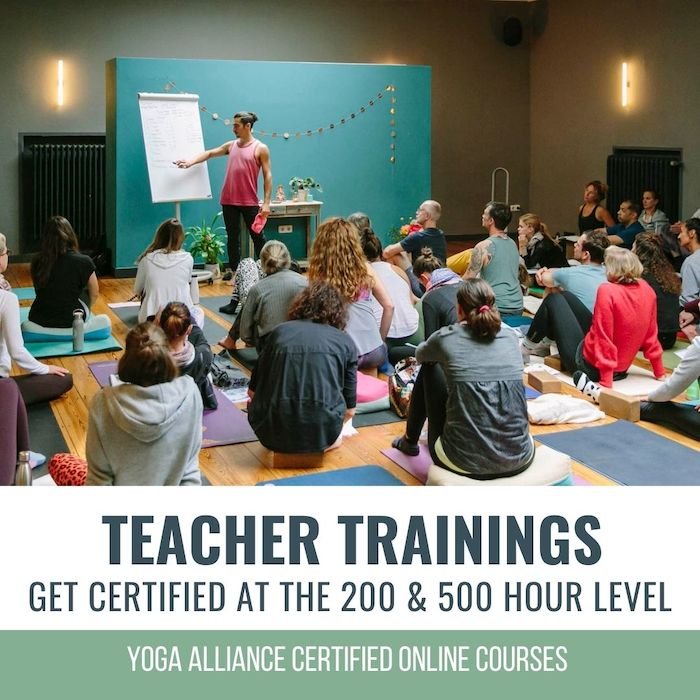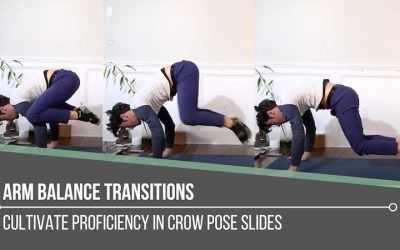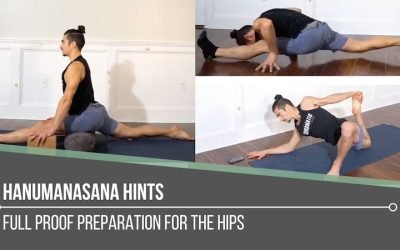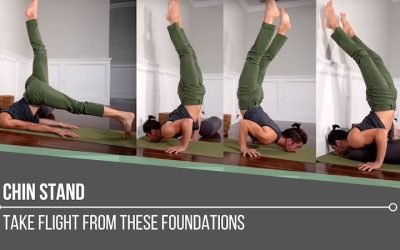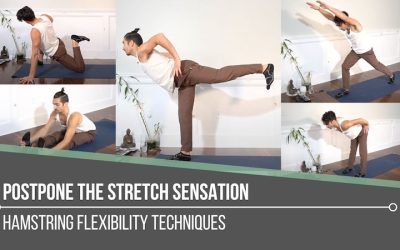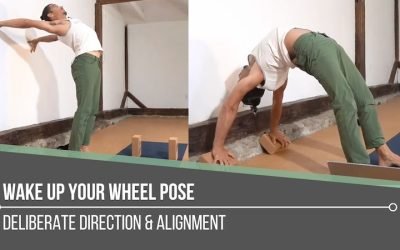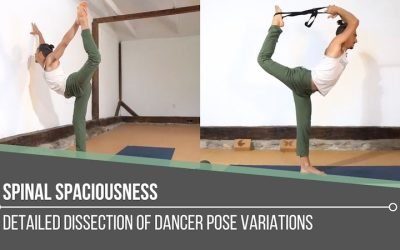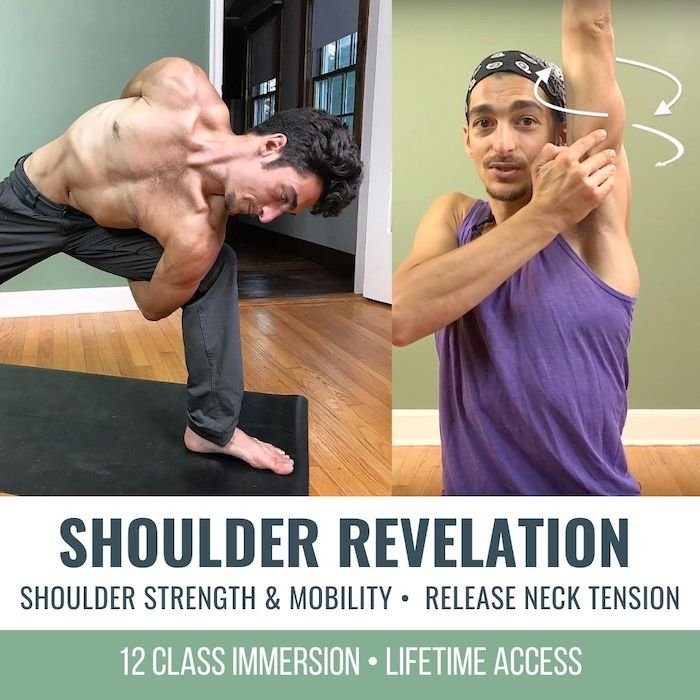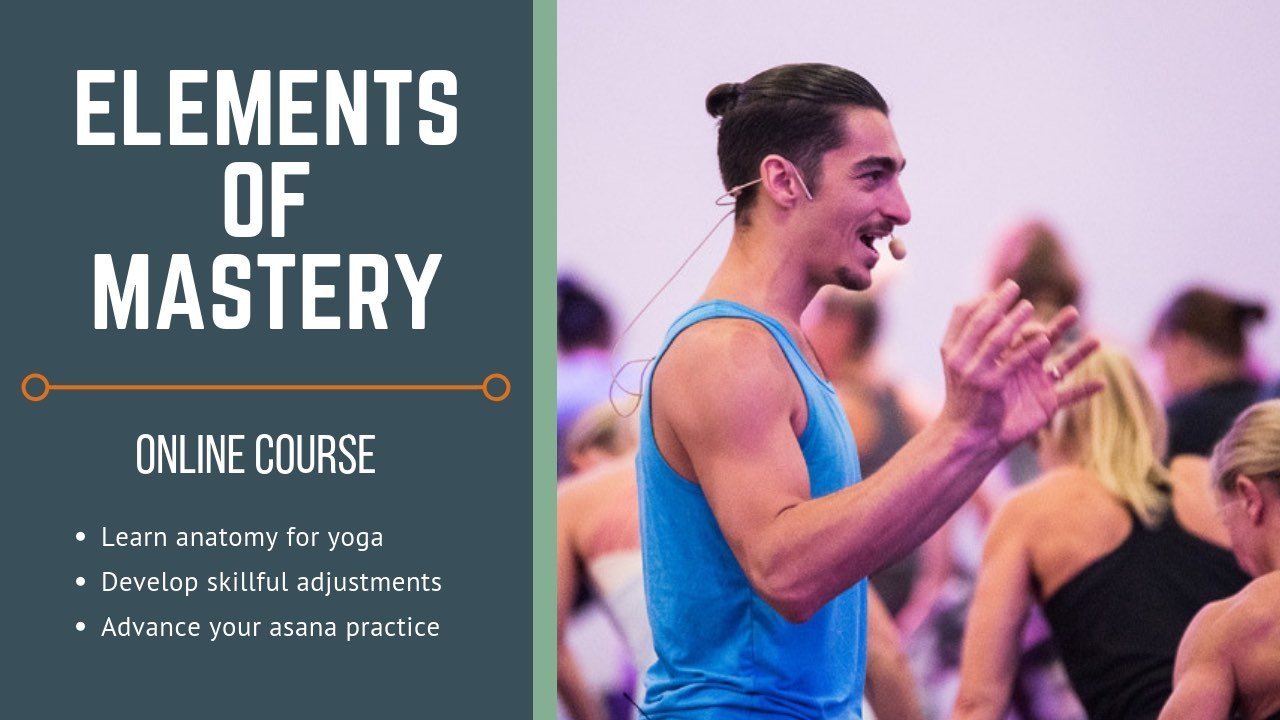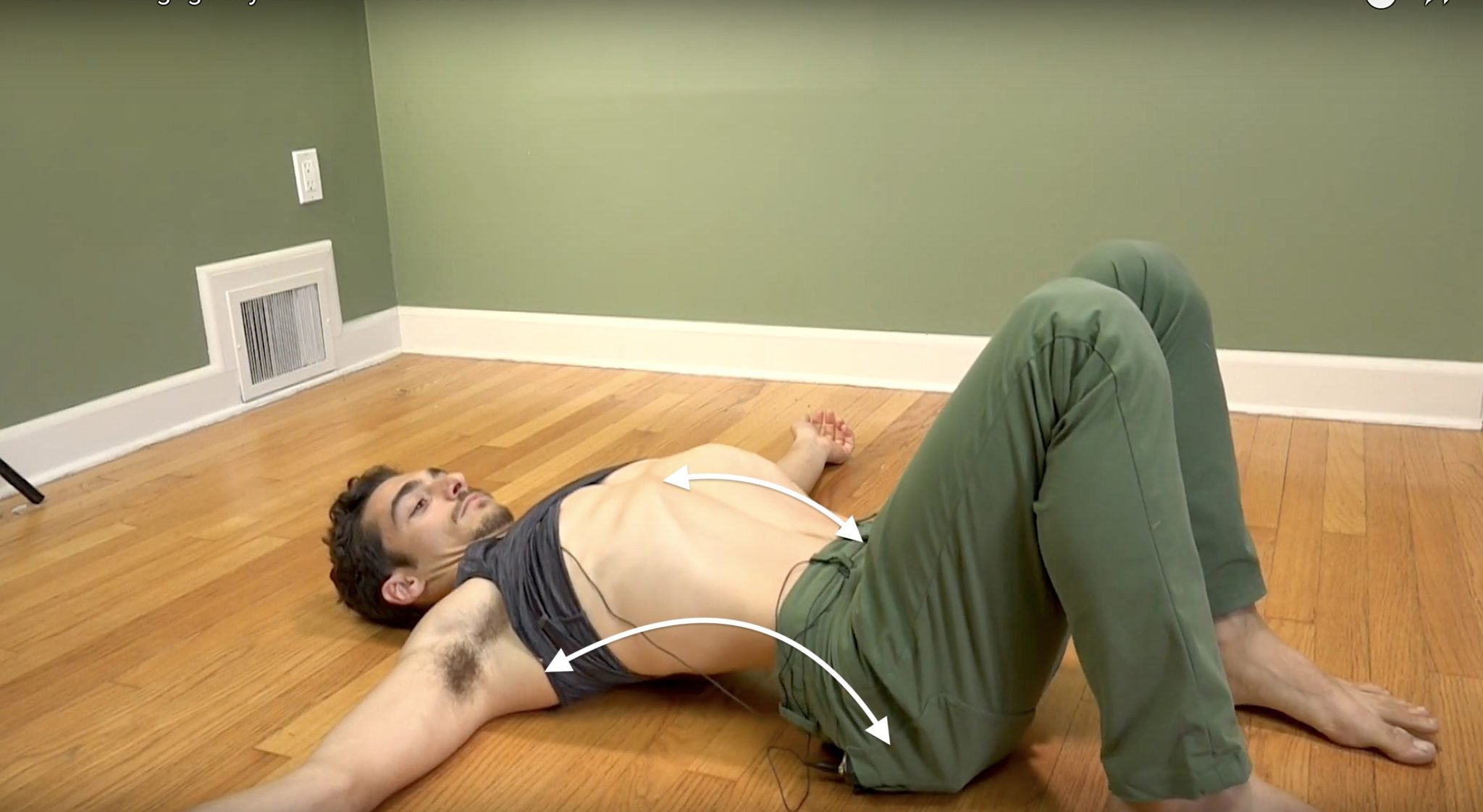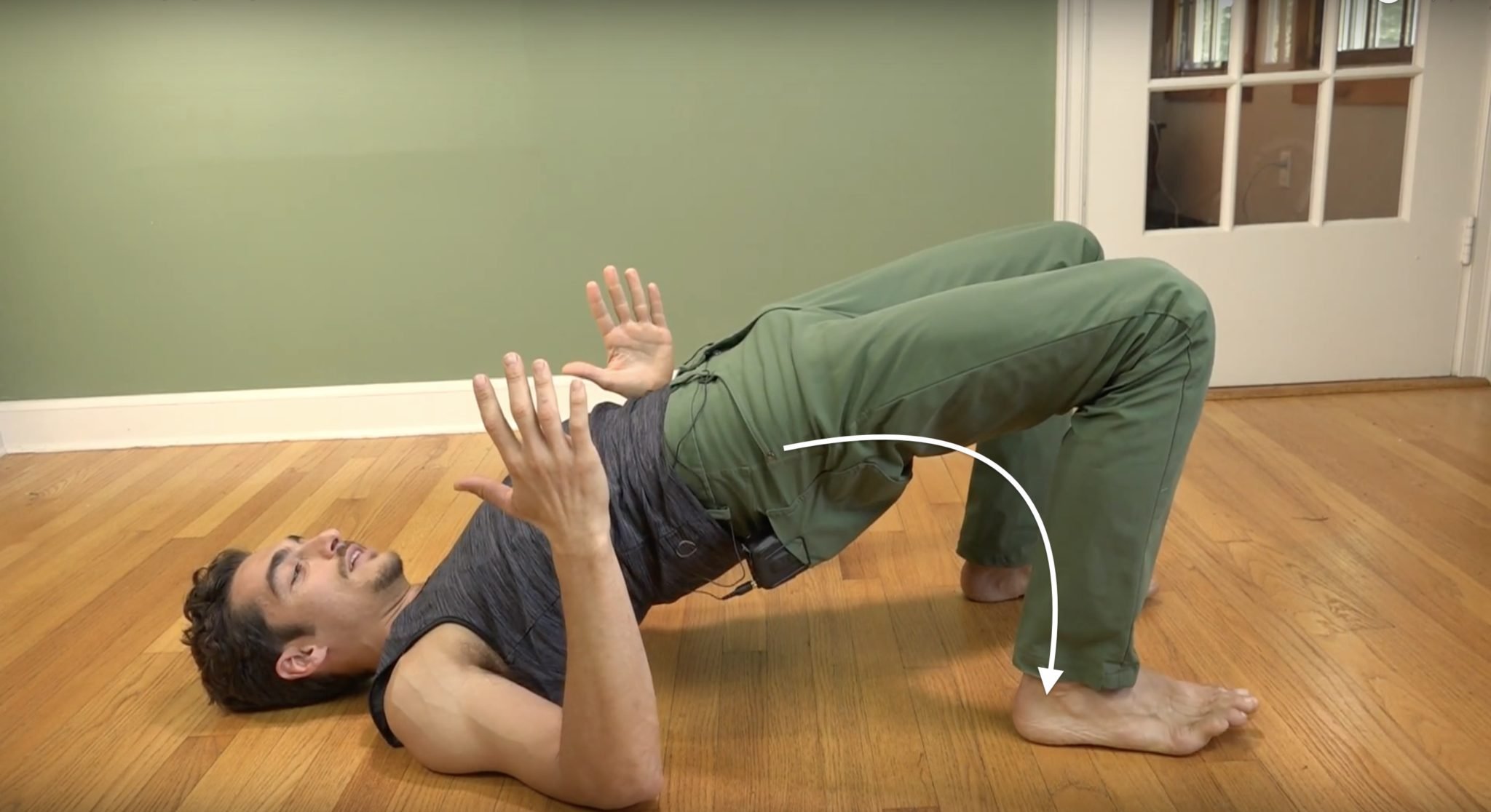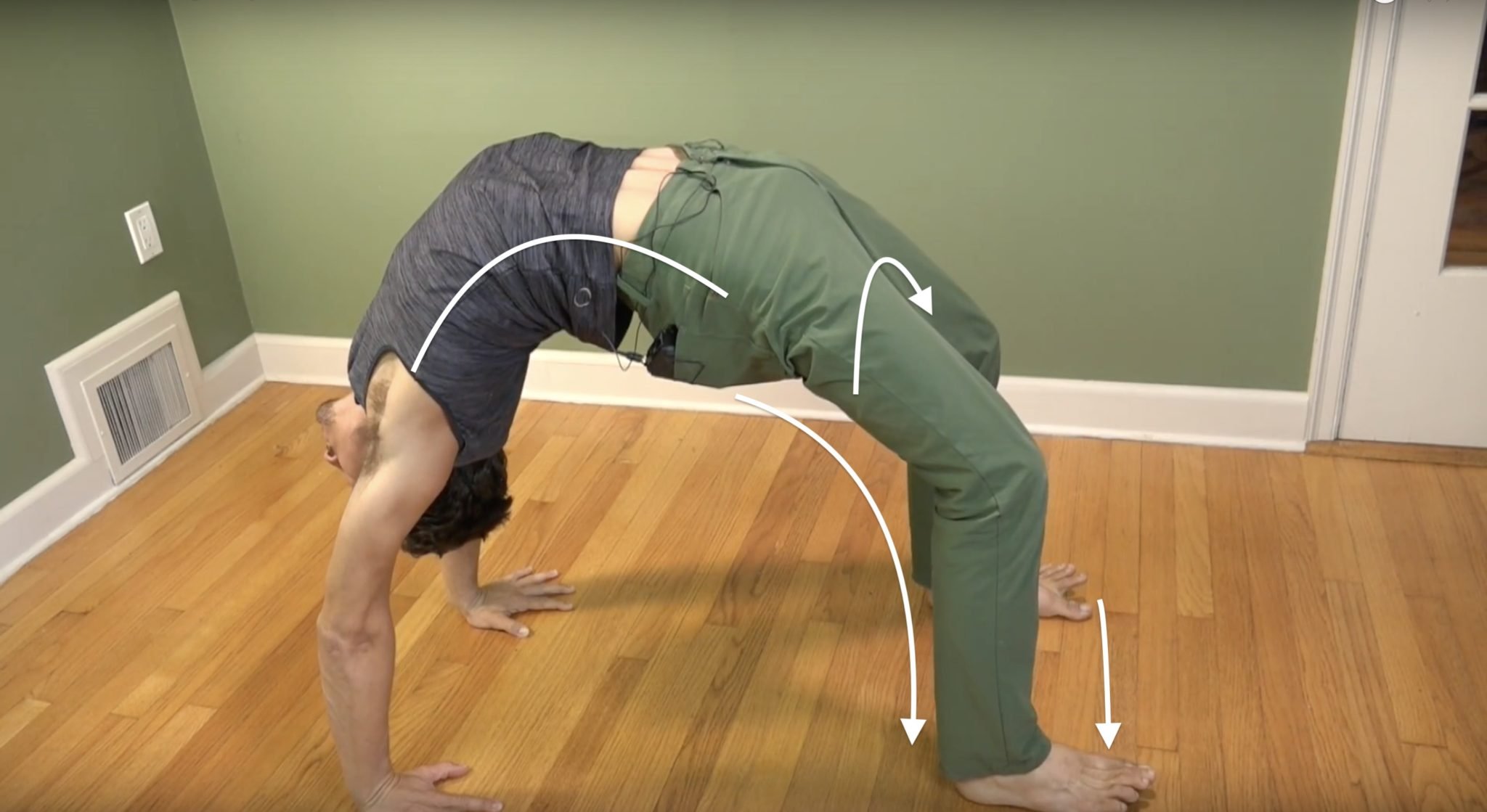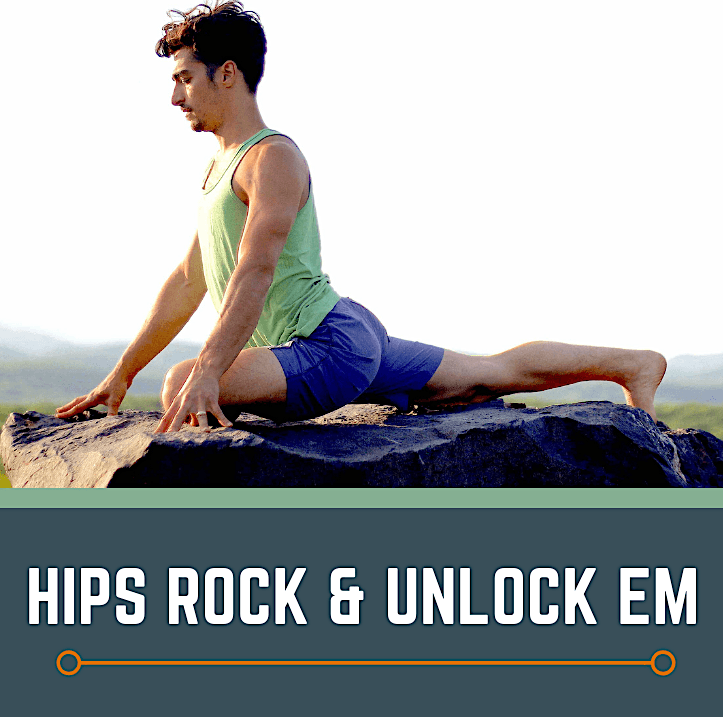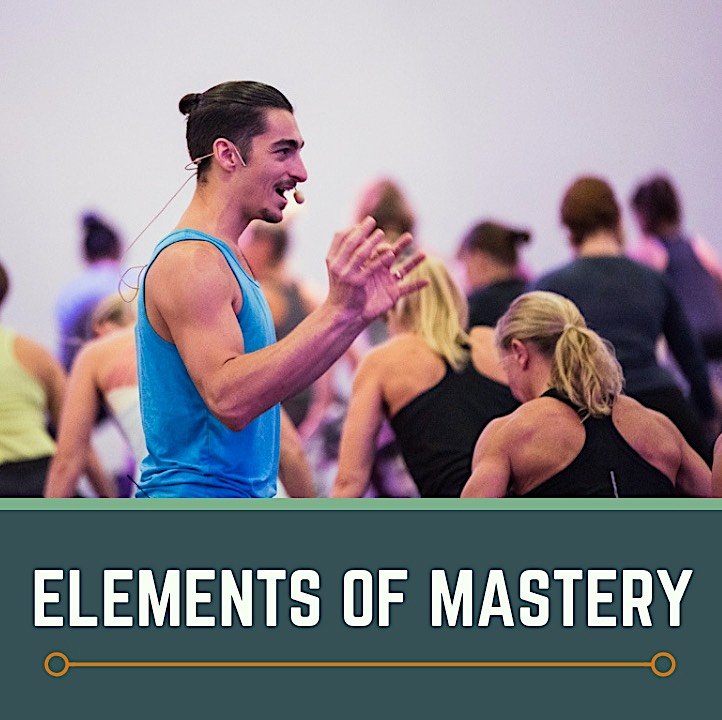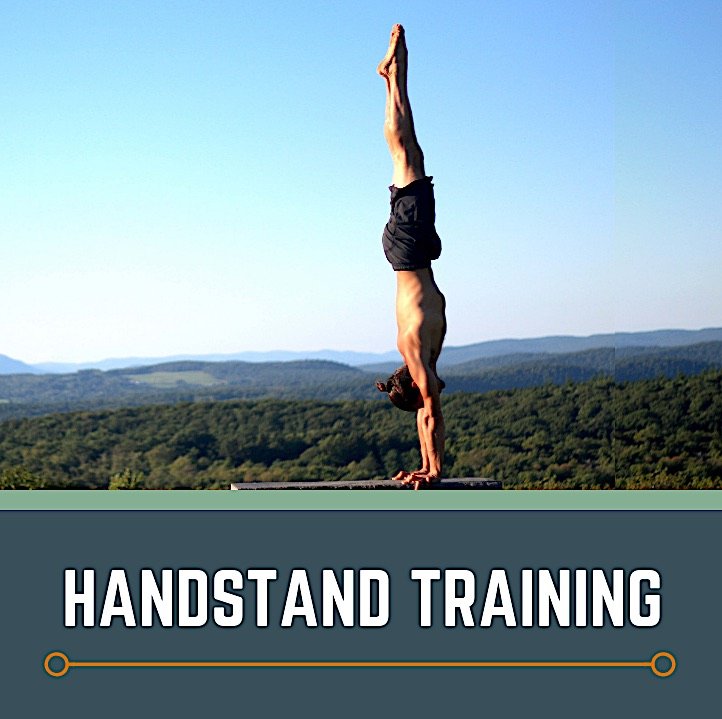Arm Balance TransitionskakasanaARM BALANCE TRANSITIONS Arm balance postures can be challenging enough without attempting to layer on a smooth transition in and out of them. However, fluid transitions are a natural progression in our yoga practice; they also provide...
Triangle Pose: Trick to Avoid Hip Impingement
Triangle Pose
Triangle pose is an iconic posture in yoga that has tremendous benefits for increasing hip range of motion by creating more flexibility of the hamstrings and adductors (inner thigh muscles). There are several potential strength benefits that triangle pose has to offer, however, it requires an intentional activation of our muscles and they likely won’t engage on their own. In the video and photo breakdown below, I go over my favorite muscle activations for triangle pose. From my experience in practicing triangle pose with teachers across the world, I have heard these verbal alignment cues more often than not: “Square your pelvis to the sidewall, tuck your tail bone, and place your hand on your shin, block, or ground.” When I practice, I try to really do what the teacher asks, but every time I tried this I noticed an immediate pain in my hip that I never get when I approach triangle pose on my own or coming from a posture like side angle pose. I also noticed that if I maintain these alignment cues, my hand only goes to my shin at best unless I fall into a deep side bend. Knowing the anatomy of the hip, I assumed that this alignment increased the potential compression at the hip joint, and maybe caused the soft tissue to be pinched. I decided to do some research on Hip FAI (femoral acetabular impingement) or hip impingement.
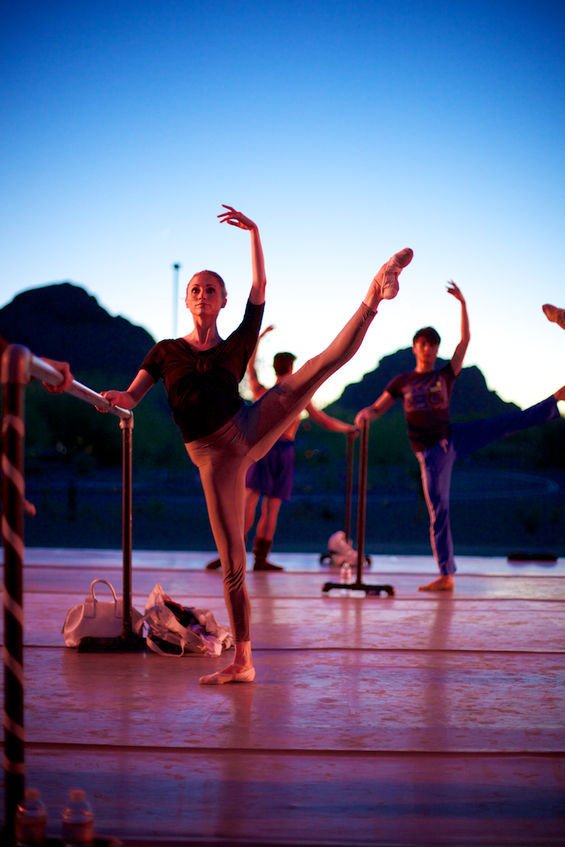
The Research
After much research on Hip FAI (femoral acetabular impingement), I was hoping to bring you conclusive data on how yoga could cause or help hip impingement, however, the current research on yoga specifically is minimal and mostly all over the place. It is commonly agreed that range of motion and proper strength training can help prevent hip impingement. It is also commonly agreed that many athletic sports could be the cause of it, as well as childhood development of the bones and joints. There is however an interesting study that showed increased impingement and stress on the hip joint in dancers when performing specific dance positions which include external rotation and posterior titled pelvis. The research doesn’t mention these specific structural alignments, however, being the husband of a dancer raised on ballet I was able to confirm my suspicion about these pelvis and femur bone alignments. In ballet you are asked to keep the low back long which is a posterior tilt of the pelvis – often cued as “tuck your tail” in yoga classes. One pose in the research article stood out to me: développé à la seconde, which is essentially standing triangle pose or Utthita Hasta Pandangusthasana B. The photo of my good friend Beau Campbell (@theyogarina) to the right (below on mobile) shows the posture in the study. Food for thought: If this posture is creating compression at the hip, what happens when you add the weight of gravity as we do in triangle pose.
HIPS & HAMSTRINGS
ONLINE YOGA IMMERSION
- 12 classes to increase flexibility of the hips and hamstrings
- Maximize your strength through range of motion
- Access your pose potential
- Release tension of hips and back
- Sensation-based practices
- Unlock and strengthen major muscle groups
- Active, passive, and isometric stretching
- Improve mobility and stability
- So much more!
$148.00 $128.00
What is Hip Impingement
Hip impingement is the result of increased friction or damage of the soft tissue that makes up the hip joint. The hip joint is where the thigh bone and pelvis connect. It is a ball and socket joint – the head of the femur (thigh bone) is a round “ball” and the pelvis has a “socket” that receives it. There are soft tissues that cover and surround the bones so that the joint becomes slippery and smooth. Articular cartilage covers the two bones, and the labrum is like a gasket that forms a tight seal around the joint. When these soft tissues become inflamed, irritated, or damaged it is referred to as hip impingement. Some Hip impingements are the result of the way our bones were formed growing up, and others could be the result of repetitive high impact exercises or sports. A healthy hip joint is one where there is no wear and tear of the soft tissues.
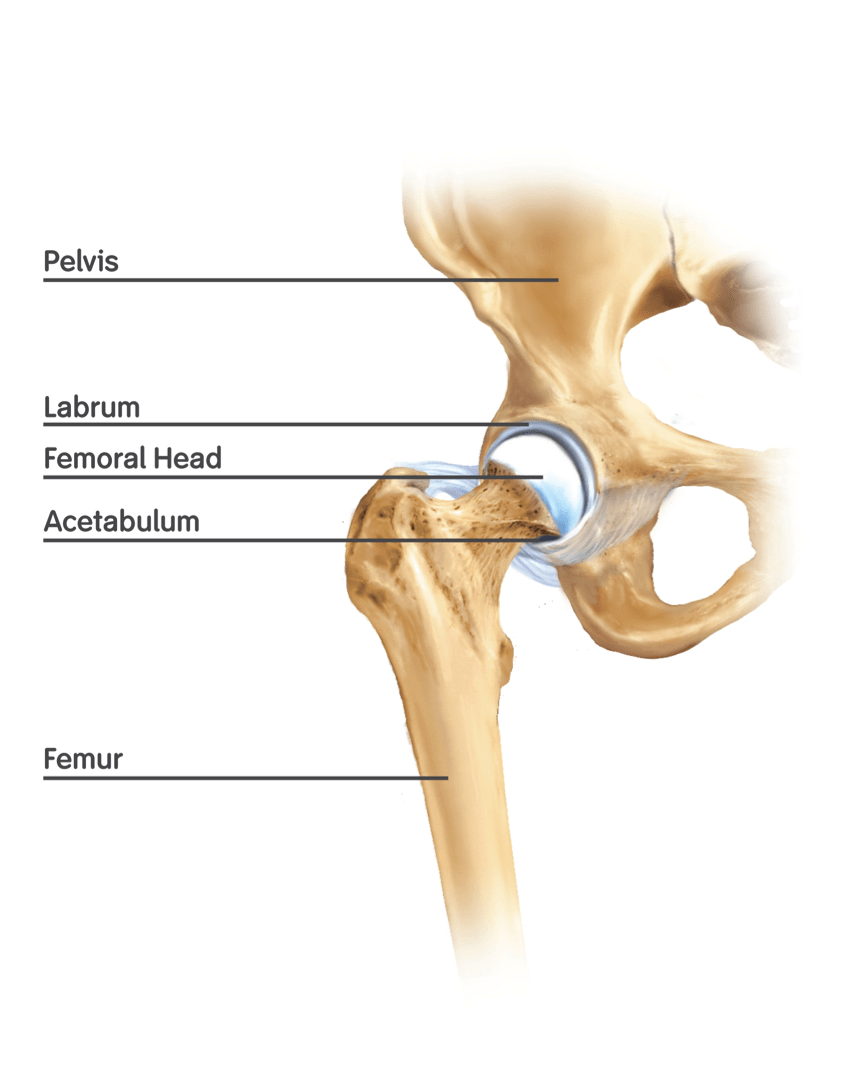
Are there other Kinds of hip injuries?
Hip impingement is not the only kind of injury around the hip area. The hip is surrounded by ligaments, muscles, fascia, and nerves that can all become injured due to stress, strain, or structural miss-alignments. Just because you have hip pain does not mean you have an impinged hip. We are also coming to realize that not all physical pain exists in the body, but can also be stemming from mental or emotional trauma. What should you do if you have hip pain? Don’t freak out- see a specialist to assess where the pain is stemming from so you can take proper action to support your health. It could be a pulled muscle, or as simple as a muscle that is hyperactive and causing a myriad of issues. Physical therapy, Acupuncture, and Massage are all great healing modalities to try.
4 Steps TO ENTER TRIANGLE POSE
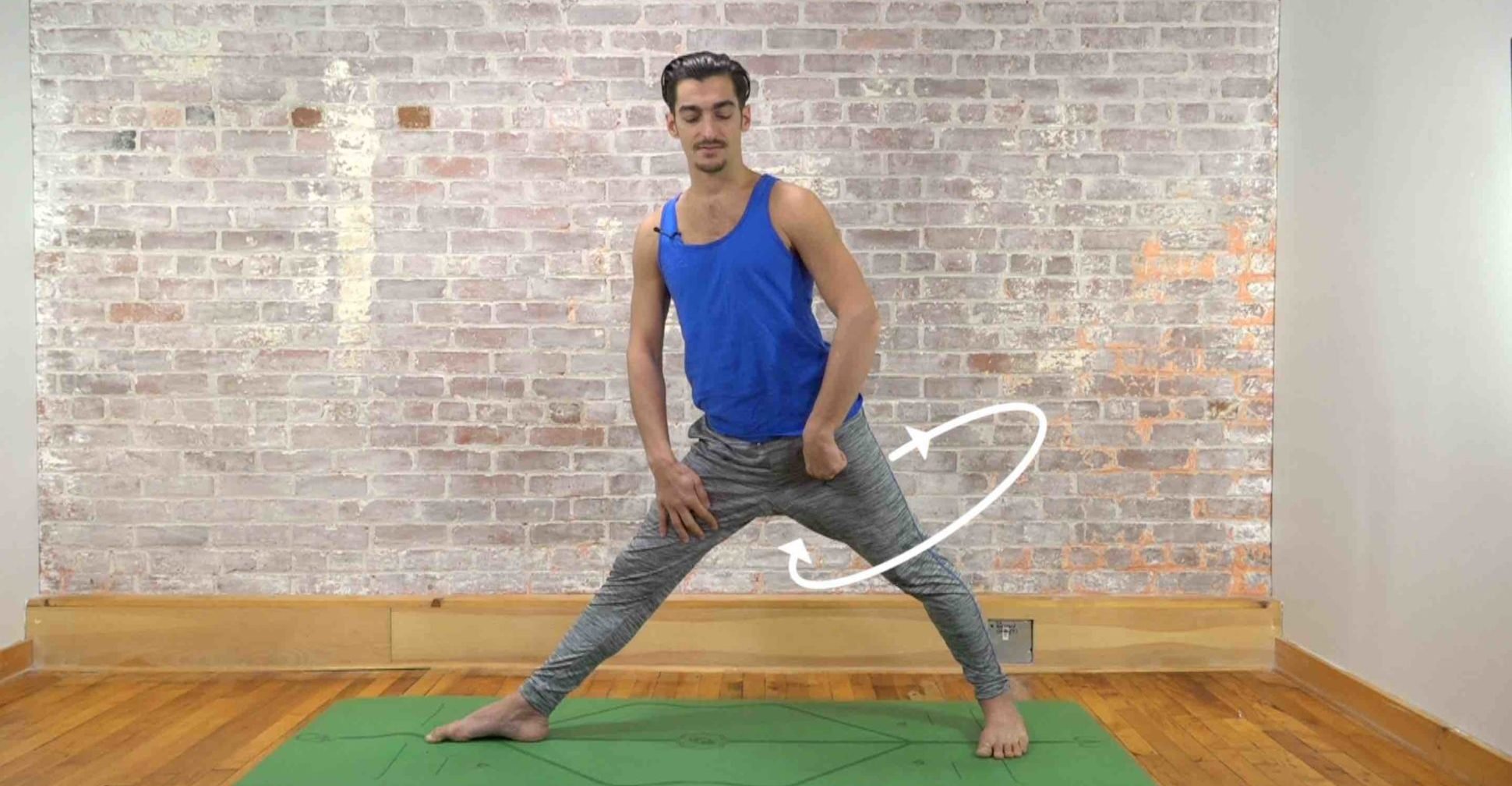
Step 1 - Internal rotation
Rotate the back foot, thigh bone, and pelvis inward toward the front leg. No need to overdo this like you would when trying to square the hips in a lunge pose. How much to turn in will depend on you and your structure so go slow and try various angles and observe what you feel. This will increase the amount of possible joint mobility, but tight hamstrings might still inhibit the range of motion.
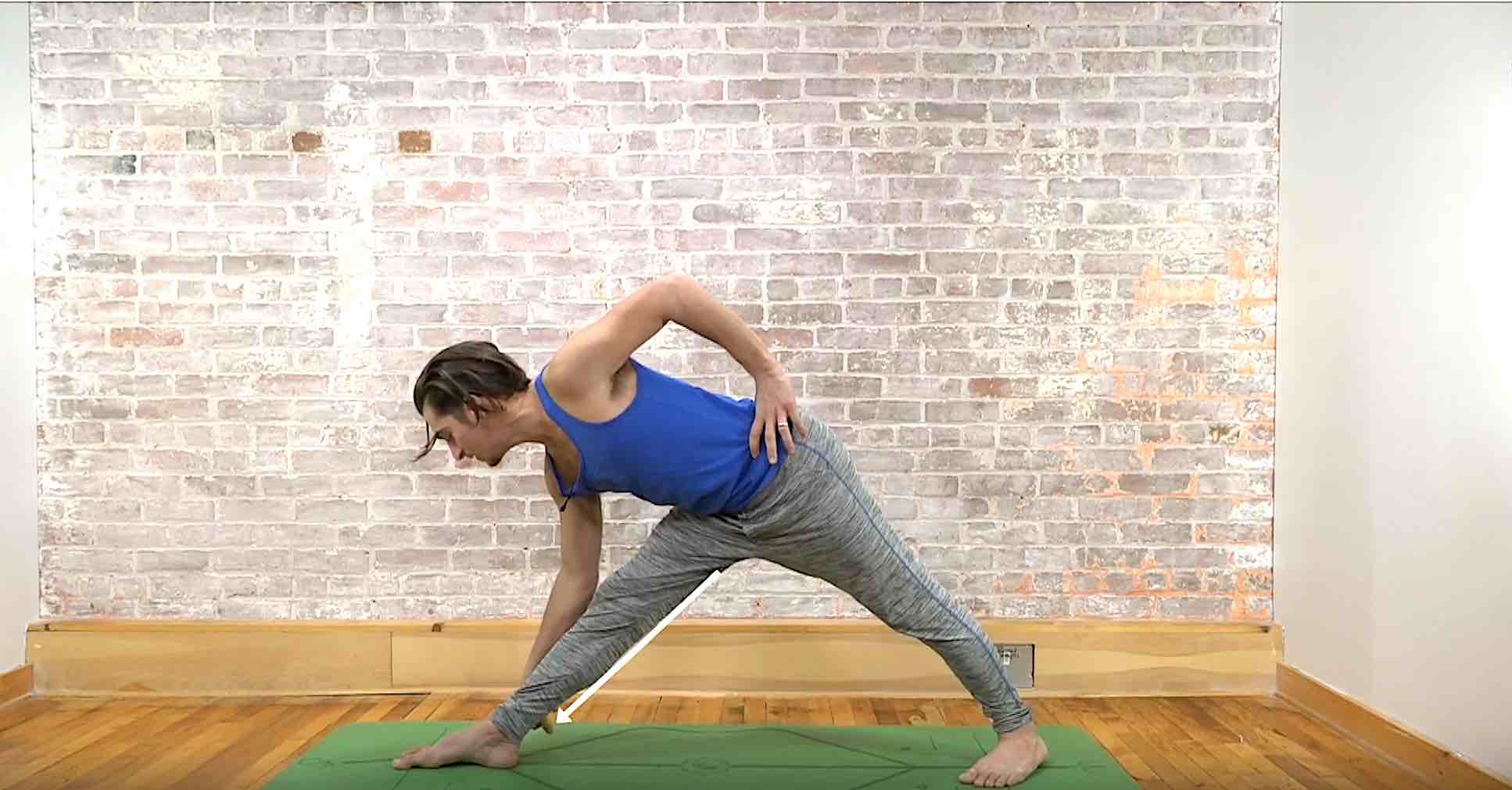
Step 3: Glute Activation
From your front buttocks press down into your heel until you feel your pelvis starts to open back toward the sky (the opposite of step 1). Ideally, activating both gluteus Maximus and gluteus medius/minimus as you do so. This likely will all happen when you press down, but if your pelvis doesn’t rotate open and your outer hips don’t engage, try pressing your inner heel down and outward.
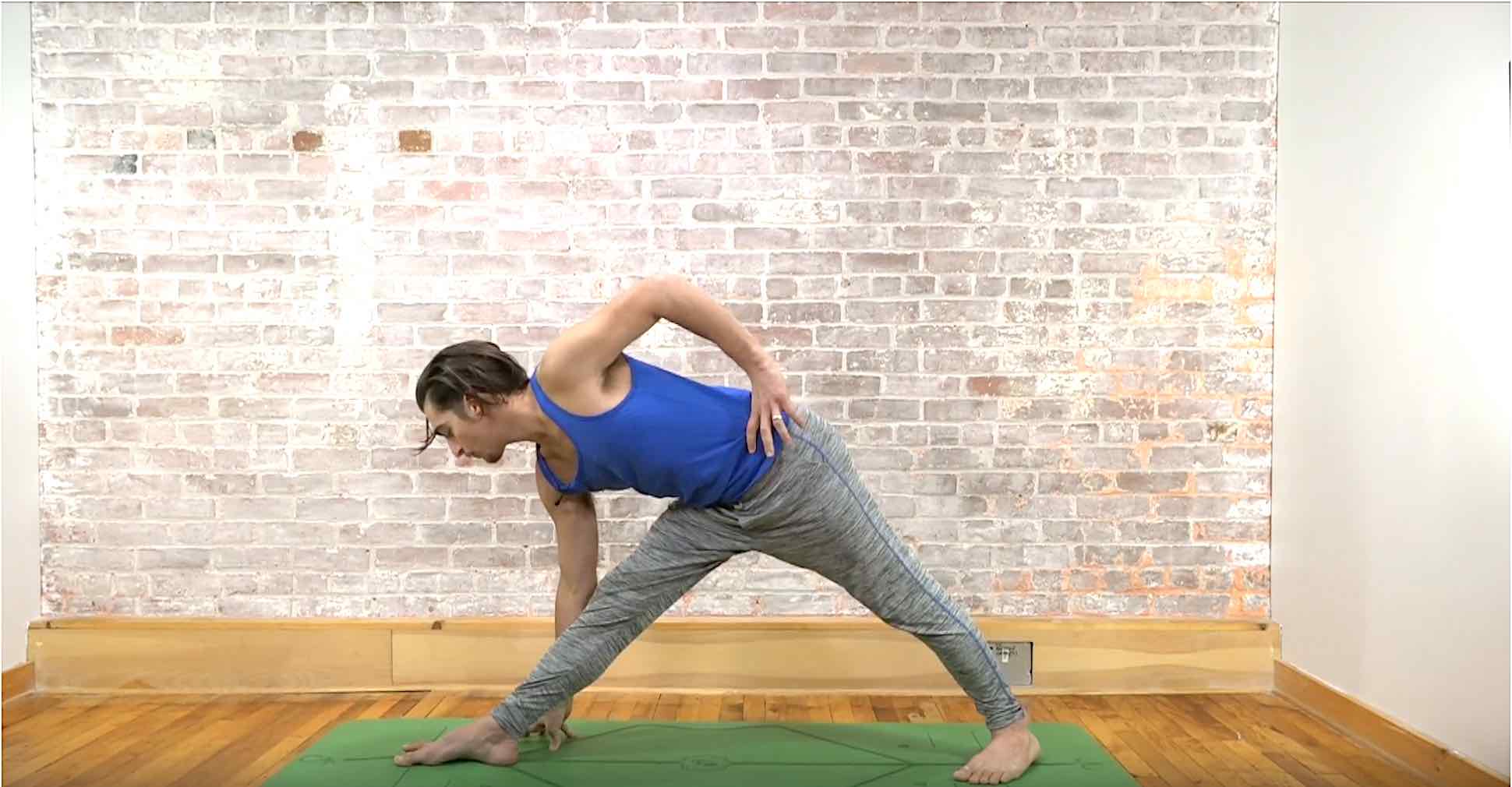
Step 2: bow at the pelvis
Flex (or bow) at the hip joint to bring your front hand to the block or the ground I personally avoid asking students to go to the shin as not to put more downward pressure into the front knee. Personally, I come to fingertips as it’s a bit easier than full palm and still grounded. Press down into your hand for support and activation of your deep core – psoas muscles.
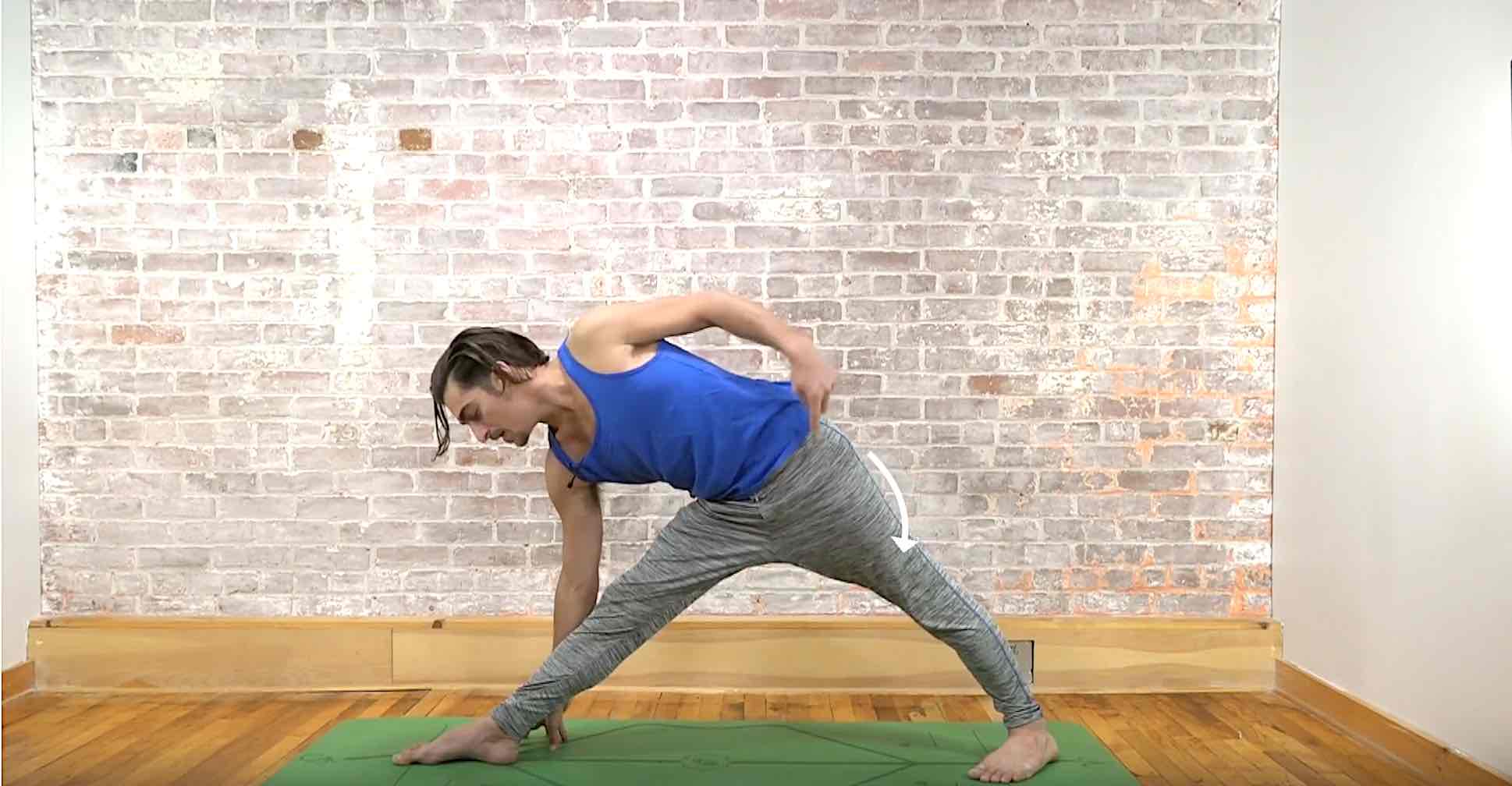
Step 4: Counter Action
Similar to step 1, we are trying to rotate the thigh and hip inward again, however, the major difference is that in step 4 it is simply an activation of the muscles, not an actual movement of the bones. Counteraction creates stability and also helps to prevent going too deep into the end range of motion which could bring you right back to impingement or just an overstretch of the adductors.
HIPS & HAMSTRINGS
ONLINE YOGA IMMERSION
- 12 classes to increase flexibility of the hips and hamstrings
- Maximize your strength through range of motion
- Access your pose potential
- Release tension of hips and back
- Sensation-based practices
- Unlock and strengthen major muscle groups
- Active, passive, and isometric stretching
- Improve mobility and stability
- So much more!
$148.00 $128.00
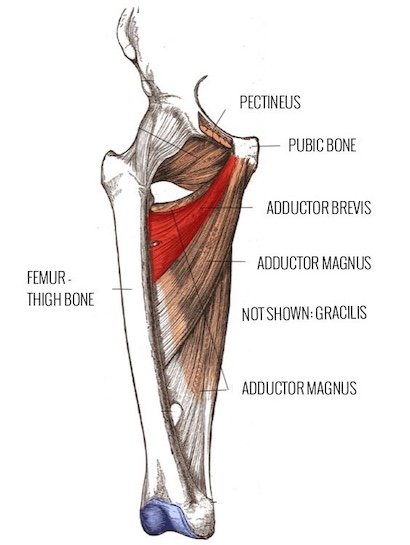
The Adductors
The muscles along the inner thigh are referred to as the adductor group, and typically serve to bring the thigh bones toward the midline of the body, but they can also internally rotate the thighbones, extend them backward like the hamstrings (adductor magnus) and even externally rotate when in deep extension. The adductors also help to stabilize the pelvis.
Practicing Triangle
Is triangle a high-risk posture? Probably not on my list of postures to avoid, but depending on your body and how you approach it, it may have massive benefits or setbacks. The steps I have provided for you have helped me feel better in my triangle pose, and many students have felt the same. This doesn’t mean it will be best for you, so proceed with presence, observe what you feel as you practice, and go slow enough to be able to make choices. There are many more potential options of how to isometrically activate your muscles in postures like triangle. Should you want to learn more please check out the Hips: Rock Em and Unlock Em workshop below. Leave a comment if this post has been helpful or if you have questions or requests for future posts.
Continue Learning
Arm Balance Transitions
Hanumanasana Hints
Hanumanasana HintssplitsHANUMANASANA HINTS Applying intelligent techniques to a posture like Hanumanasana is crucial—simply hoping for the best is definitely not the way to go! That mindset leaves us vulnerable to injury. Hanumanasana is also the type of pose that can...
Chin Stand
Chin Standganda bherundasanaCHIN STAND Without a doubt, Chin Stand requires preparation. This posture must be approached with the utmost humility, essential in order to respect the potential risk. If this pose is not explored regularly in our physical practice, it may...
Postpone The Stretch Sensation
Postpone the Stretch SensationflexibilityPOSTPONE THE STRETCH SENSATION If one of the goals of our physical yoga practice is to increase flexibility, we may automatically believe that we just need to stretch more. It’s critical that we understand that increasing...
Wake Up Your Wheel Pose
Wake Up Your Wheel Poseheart openerWAKE UP YOUR WHEEL POSE We don’t have to question it—we know whether or not we’re feeling open, free, and strong in Wheel Pose. There’s a lightness and expansiveness that takes over when everything falls into place: From the initial...
Spinal Spaciousness
Spinal Spaciousnessdancer poseSPINAL SPACIOUSNESS Some key indicators of spinal health include strong bones, durable yet flexible ligaments, supple discs, and strong supportive muscles. Aside from nutrition, it’s not enough to say that movement in general is enough to...
TOP RECOMMENDATIONS
Handstand Training
Learn the techniques that make Handstand fun, easy and accessible! This 2 part course consists of the top most effective exercises will increase your strength and technique so you can easefully balance a handstand.
SHOULDER REVELATION
In this 12 class immersion you will practice specific techniques to strengthen and unlock your shoulders. Each class focuses on a specific joint articulation and muscle group so you gain mastery in the shoulders.
HEART OPENERS
Finally, a 12 class immersion designed specifically to help you discover the freedom of heart openers. Learn how to avoid uncomfortable compression, and awaken your true range of motion in a step by step manner.
THE FREE TECHNIQUE PACK
When You Subscribe, You Will Get Instant Access to
- the Technique Pack: 15 yoga pose breakdowns
- exclusive online course discounts
- exclusive blogs and videos

![Archna Mohan chromatic yoga backbend techniques: 12 classes [backbend technique to relieve back pain "bowing the spine']](https://www.theyogimatt.com/wp-content/uploads/2021/10/Archna-Mohan-chromatic-5.jpg)
